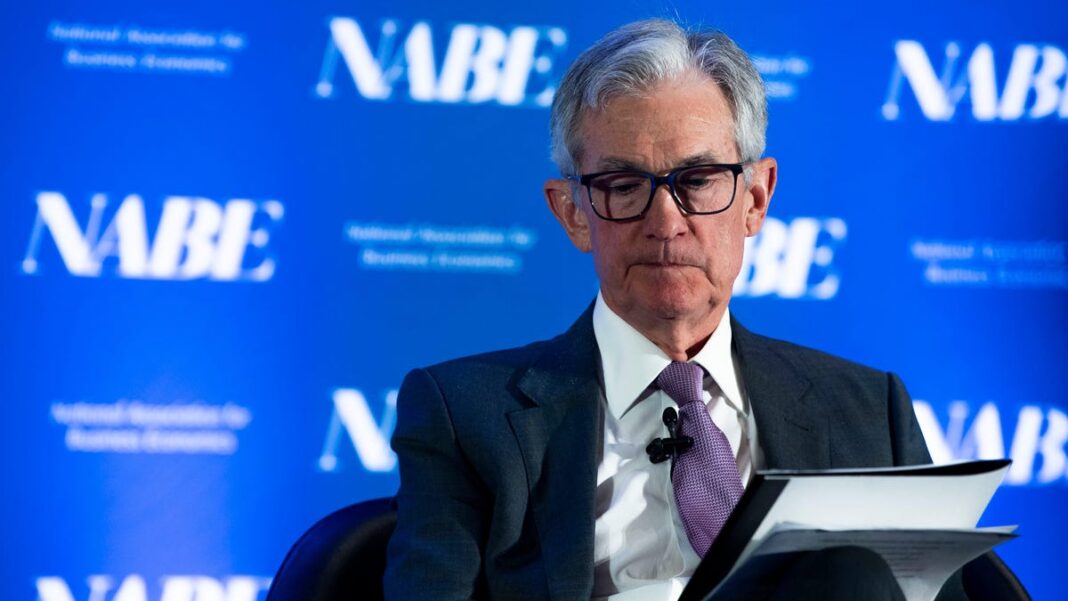Jerome Powell, Fed Chair: Optimism Grows on Inflation Easing, Further Rate Cuts Possible
On Monday, Federal Reserve Chair Jerome Powell expressed “growing confidence” that inflation is trending towards the central bank’s target of 2% during his address at the National Association for Business Economics conference held in Nashville.
Powell mentioned the possibility of two more rate cuts if economic conditions remain favorable, although these cuts are expected to be less dramatic than the half-percent reduction implemented by the Fed two weeks ago.
“The steps we are taking now are primarily adjustments to recalibrate our approach while the economy remains robust,” Powell stated. “We are adjusting policy to keep the economy strong, not in response to economic weakness.”
Inflation Declines as Powell Sees Soft Landing Ahead
Powell indicated that the Fed’s recent rate cut reflects confidence in the effectiveness of monetary policy in reducing inflation after extended periods of elevated interest rates.
“Maintaining a restrictive monetary policy has allowed us to restore equilibrium between supply and demand in the economy. Our patient strategy is yielding positive results,” Powell noted. “Currently, we view the risks related to achieving our employment and inflation targets as being fairly balanced.”
He reported that the annual rates of headline and core inflation are currently at 2.2% and 2.7%, respectively. Moreover, he pointed out that inflation for core goods and non-housing core services is nearing pre-pandemic levels.
The Fed chair pointed out that while rent increases for new tenants have decelerated, housing inflation is also slowing down, though “at a sluggish pace.”
“As lease agreements are renewed each year, we should observe inflation rates starting to level off,” he explained. “However, this process may take longer than we initially expected or desired.”
Cooling Labor Market
In his remarks, Powell acknowledged that the unemployment rate remains within its “natural state,” with labor force participation among individuals aged 25 to 54 staying close to historic highs. He also observed that the ratio of job openings to unemployed individuals has steadily decreased, although there are still more job vacancies than there are job seekers.
“Before 2019, that was not frequently the situation,” he said.
Powell acknowledged that the labor market is showing signs of cooling, with workers feeling that jobs are less accessible due to slower job growth and an increase in labor supply.
He clarified that the board does not require additional cooling to support the downward trend in inflation.

